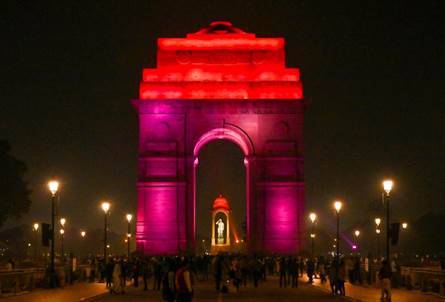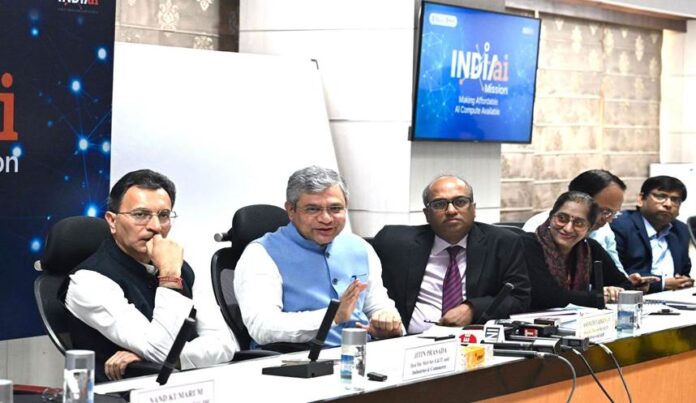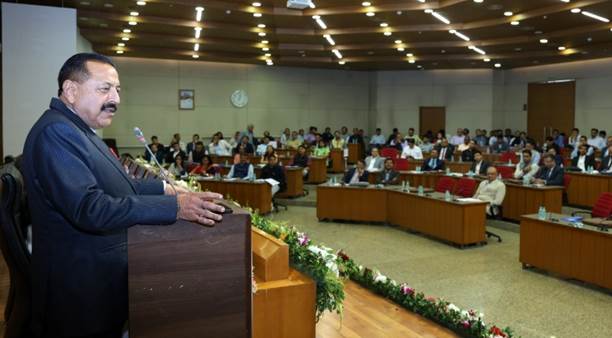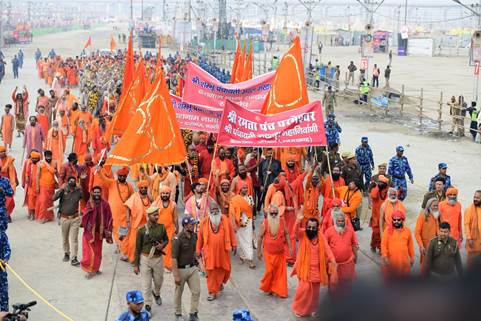New Delhi, January 30, 2025 – India reaffirmed its commitment to eliminating Neglected Tropical Diseases (NTDs) by lighting up the iconic India Gate in vibrant purple and orange on World NTD Day 2025. This symbolic gesture is part of a global movement to illuminate landmarks worldwide, raising awareness about these debilitating diseases and emphasizing the importance of collective action.
The Ministry of Health and Family Welfare organized the event to highlight India’s progress in combating NTDs, particularly Lymphatic Filariasis (LF) and Visceral Leishmaniasis (VL), also known as Kala-Azar. LF, a disease affecting 404 million people in India, damages the lymphatic system, leading to severe disabilities and pain. Meanwhile, VL, which is nearing elimination in India, can cause malnutrition and a significant loss of productivity.
Speaking at the event, Smt. Aradhana Patnaik, Additional Secretary and MD (NHM), emphasized the importance of community engagement in achieving elimination goals. “By creating a people’s movement, we are close to reaching our ambitious targets. NTDs disproportionately impact the poor and vulnerable, and we must continue raising awareness to eliminate them,” she stated.
Also Read: Indian Railways Operates Record 364 Trains from Prayagraj on Mauni Amavasya
The event featured a nukkad natak (street play) to engage the public and promote behavioral change. The play reinforced the significance of health initiatives like Mass Drug Administration (MDA) rounds for LF, aiming to enhance community participation in preventive measures.
World NTD Day 2025 underscores India’s commitment to ensuring equitable health outcomes through community-driven efforts and robust policy measures. The country’s progress remains crucial to the global mission of eradicating NTDs.
Source: PIB
For more details, visit: National Center for Vector Borne Diseases Control.













